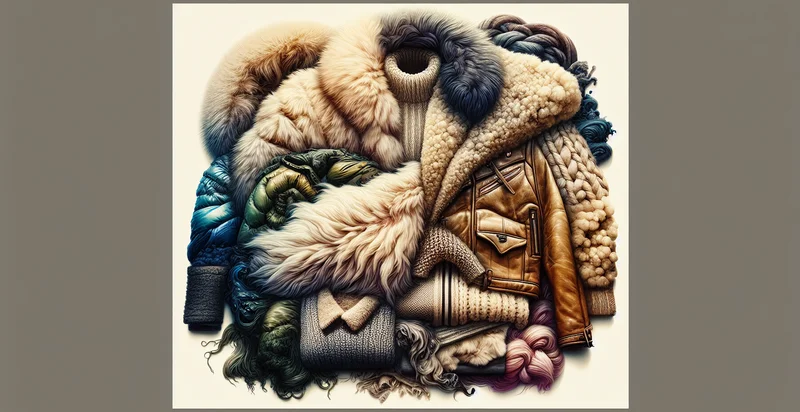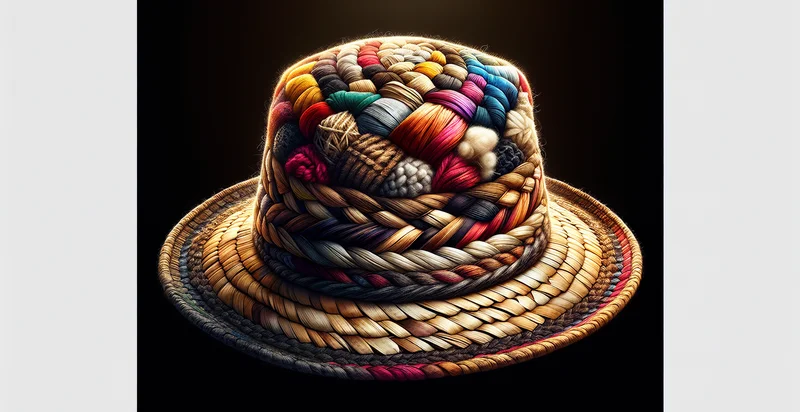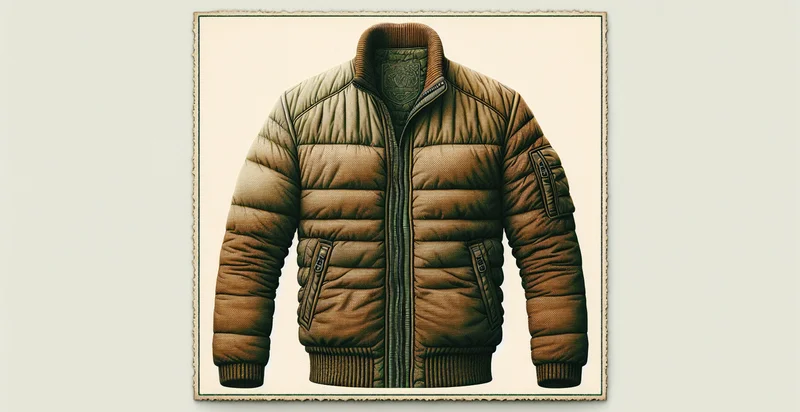Identify what material a coat is made from
using AI
Below is a free classifier to identify what material a coat is made from. Just upload your image, and our AI will predict what material a coat is made from - in just seconds.

Contact us for API access
Or, use Nyckel to build highly-accurate custom classifiers in just minutes. No PhD required.
Get started
import nyckel
credentials = nyckel.Credentials("YOUR_CLIENT_ID", "YOUR_CLIENT_SECRET")
nyckel.invoke("what-material-a-coat-is-made-from", "your_image_url", credentials)
fetch('https://www.nyckel.com/v1/functions/what-material-a-coat-is-made-from/invoke', {
method: 'POST',
headers: {
'Authorization': 'Bearer ' + 'YOUR_BEARER_TOKEN',
'Content-Type': 'application/json',
},
body: JSON.stringify(
{"data": "your_image_url"}
)
})
.then(response => response.json())
.then(data => console.log(data));
curl -X POST \
-H "Content-Type: application/json" \
-H "Authorization: Bearer YOUR_BEARER_TOKEN" \
-d '{"data": "your_image_url"}' \
https://www.nyckel.com/v1/functions/what-material-a-coat-is-made-from/invoke
How this classifier works
To start, upload your image. Our AI tool will then predict what material a coat is made from.
This pretrained image model uses a Nyckel-created dataset and has 28 labels, including Acetate, Acrylic, Brocade, Canvas, Cashmere, Chiffon, Corduroy, Cotton, Denim and Fleece.
We'll also show a confidence score (the higher the number, the more confident the AI model is around what material a coat is made from).
Whether you're just curious or building what material a coat is made from detection into your application, we hope our classifier proves helpful.
Related Classifiers
Need to identify what material a coat is made from at scale?
Get API or Zapier access to this classifier for free. It's perfect for:
- Retail Inventory Management: This function can be integrated into retail systems to automatically identify the material of coats during inventory assessments. By categorizing coats based on their fabric, retailers can make better stocking decisions and ensure adequate supply of popular materials.
- Online Shopping Enhancement: E-commerce platforms can use this classification function to provide shoppers with more detailed product descriptions. By accurately identifying materials, consumers can filter search results based on their preferences, improving the shopping experience and aiding in informed purchasing decisions.
- Sustainability Reporting: Eco-conscious brands can leverage this function to track and report on the materials used in their coat production. This classification can help companies better understand their supply chain and promote sustainability by ensuring only environmentally friendly materials are used, thereby boosting their market appeal.
- Quality Control in Manufacturing: Manufacturers can implement this identification function during the quality assurance processes of coat production. By verifying the material composition at various stages, manufacturers can maintain high-quality standards and reduce defects related to material inconsistencies.
- Fashion Trend Analysis: Fashion analysts can use this function to gather data on material trends in the coat market over time. By analyzing the popularity of different materials, brands can tailor their designs to align with consumer preferences and market demands, enhancing their competitiveness.
- Insurance Claims Processing: Insurance companies can utilize this classification function to assess claims related to damaged or lost coats. By determining the material of the coat in question, insurers can evaluate replacement costs more accurately, streamlining the claims process for customers.
- Personal Stylist Applications: Personal styling apps can use this function to recommend coats based on user preferences and lifestyle. By identifying materials, the app can suggest appropriate options for various climates and occasions, helping users make choices that best suit their needs.


